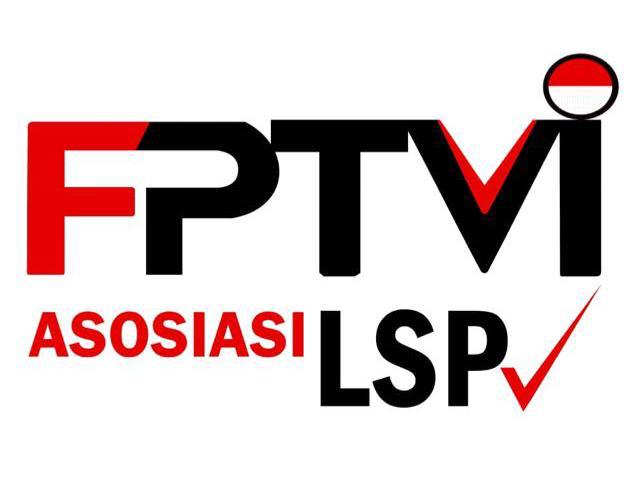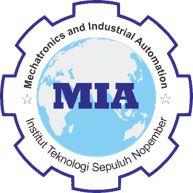OBSAFER: Hydrogen Power Plant from Soybean Straw and Tofu Liquid Waste in Kediri District
Abstract
Industrial developments result in higher consumption of electrical energy with considerable emissions. Efforts to develop alternative energy are carried out to overcome climate change. Hydrogen, as a clean energy, can be produced from biomass, such as soybean straw waste. The OBSAFER innovation was created to optimize the use of soybean straw and tofu liquid waste in electrical power. The process began with soybean straw waste pre-treated with NaOH and entered into a bioreactor for a dark fermentation process with Clostridium butyricum to produce hydrogen, methane, and carbon dioxide. Then, the gas is separated by a CH4 filter and a CO2 filter, so the main product is hydrogen. The OBSAFER technology can produce 821,751 kWh/year from 21.6 tons of soybean straw waste and Clostridium butyricum from tofu liquid waste.
Keywords
Full Text:
PDFReferences
S. K. Ghosh, “Fossil Fuel Consumption Trend and Global Warming Scenario: Energy Overview,” Glob. J. Eng. Sci., vol. 5, no. 2, pp. 1–6, 2020.
S. Thamrin, Pedoman Pelaksanaan Rencana Aksi Penurunan Emisi Gas Rumah Kaca. 2011.
B. Agustono, M. Lamid, A. Ma’ruf, and M. T. E. Purnama, “Identifikasi Limbah Pertanian Dan Perkebunan Sebagai Bahan Pakan Inkonvensional Di Banyuwangi,” J Med Vet, vol. 1, no. 1, pp. 12–22, 2017.
T. I. N. D. Siswati, “Pemanfaatan Limbah Pertanian Sebagai Energi Alternatif Melalui Konversi Thermal,” Buana Sains, vol. 12, no. 1, pp. 117–122, 2012.
N. R. Muladno, A. Atabani, D. Rudiono, “Kajian Carrying Capacity Di Ex- Karesidenan Kediri,” Semin. Nas. Unisla 2018, 3 Oktober 2018 Litbang Pemas – Univ. Islam Lamonga, vol. 2, no. 2014, pp. 240–244, 2018.
F. Sayow, B. V. J. Polii, W. Tilaar, and K. D. Augustine, “Analisis Kandungan Limbah Industri Tahu Dan Tempe Rahayu Di Kelurahan Uner Kecamatan Kawangkoan Kabupaten Minahasa,” Agri-Sosioekonomi, vol. 16, no. 2, p. 245, 2020.
R. Sari and R. Prayudyaningsih, “Rhizobium: Pemanfaatannya Sebagai Bakteri Penambat Nitrogen,” Info Tek. EBONI, vol. 12, no. 1, pp. 51–64, 2015.
L. Parinduri and T. Parinduri, “Konversi Biomassa Sebagai Sumber Energi Terbarukan,” JET (Journal Electr. Technol., vol. 5, no. 2, pp. 88–92, 2020.
A. D. Farini, “Pengaruh Konsentrasi Peroksida Terhadap Produksi Biohidrogen Dari Limbah Buah Jeruk Melalui Metode Fermentasi Gelap,” J. Sains &Teknologi Lingkung., vol. 11, no. 2, pp. 114–121, 2019.
H. Han, L. Wei, B. Liu, H. Yang, and J. Shen, “Optimization of biohydrogen production from soybean straw using anaerobic mixed bacteria,” Int. J. Hydrogen Energy, vol. 37, no. 17, pp. 13200–13208, 2012.
S. G. M. Dewi and E. Fuskhah, “Kadar Serat Kasar Dan Kecernaan Secara In Vitro Jerami Kedelai Yang Ditanam Dengan Perlakuan Penyiraman Air Laut Dan Mulsa Eceng Gondok,” pp. 9–25, 2019.
M. C. Bobadilla, R. L. Lorza, R. E. García, F. S. Gómez, and E. P. V. González, “Coagulation: Determination of key operating parameters by multi-response surface methodology using desirability functions,” Water (Switzerland), vol. 11, no. 2, pp. 1–21, 2019.
D. Listianingsih, “Analisis Kualitas Tahu Takwa Dengan Pendekatan Good Manufacturing Practices (Gmp) Di Industri Rumah Tangga,” Indones. J. Public Heal., vol. 13, no. 2, p. 288, 2019.
S. Niju and M. Swathika, “Delignification of sugarcane bagasse using pretreatment strategies for bioethanol production,” Biocatal. Agric. Biotechnol., vol. 20, no. May, p. 101263, 2019.
N. M. Sari, L. Lusyiani, K. Nisa, M. F. Mahdie, and D. Ulfah, “Pemanfaatan Limbah Sekam Padi untuk Campuran Pupuk Bokashi dan Pembuatan Biobriket sebagai Bahan Bakar Nabati,” PengabdianMu J. Ilm. Pengabdi. Kpd. Masy., vol. 2, no. 2, pp. 90–97, 2017.
J. F. Soares, T. C. Confortin, I. Todero, F. D. Mayer, and M. A. Mazutti, “Dark fermentative biohydrogen production from lignocellulosic biomass: Technological challenges and future prospects,” Renew. Sustain. Energy Rev., vol. 117, no. January 2019, 2020.
Ren, “A miniaturized microbial fuel cell with three-dimensional graphene macroporous scaffold anode demonstrating a record power density of over 10000 W,” vol. 4, no. 1, pp. 1–23, 2016.
DOI: http://dx.doi.org/10.12962%2Fj23378557.v10i1.a19179
Refbacks
- There are currently no refbacks.
This work is licensed under a Creative Commons Attribution 4.0 International License. IPTEK The Journal of Engineering published by Pusat Publikasi Ilmiah, Institut Teknologi Sepuluh Nopember.
Please contact us for order or further information at: email: iptek.joe[at]gmail.com Fax/Telp: 031 5992945. Editorial Office Address: Pusat Riset Building 6th floor, ITS Campus, Sukolilo, Surabaya 60111, Indonesia.








